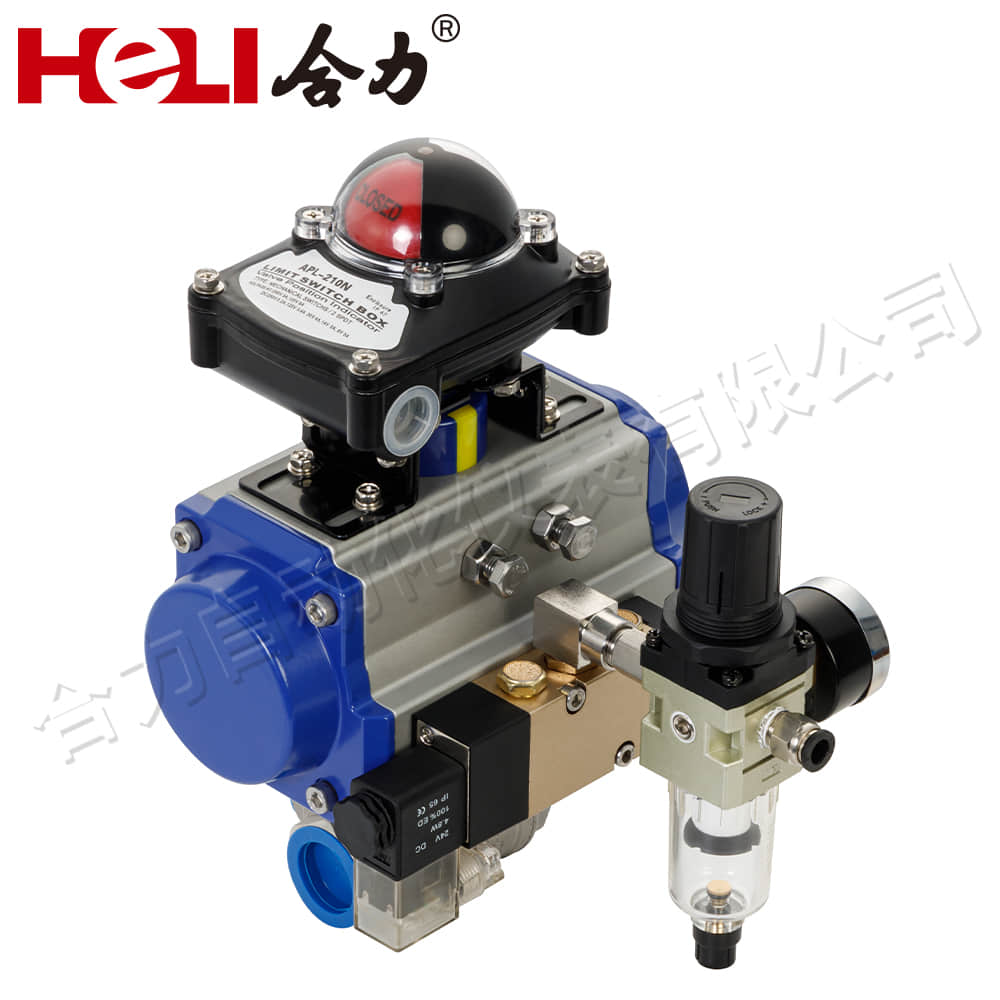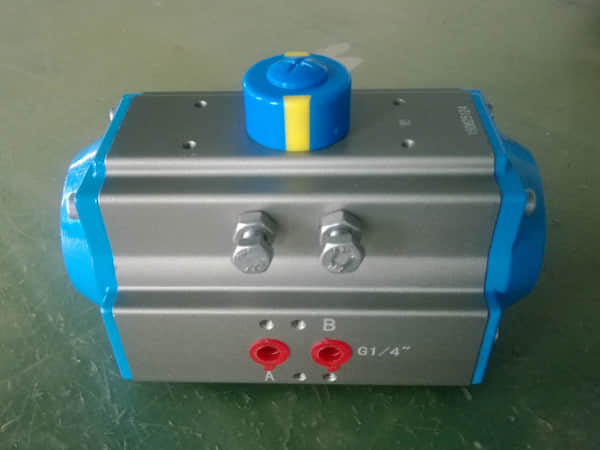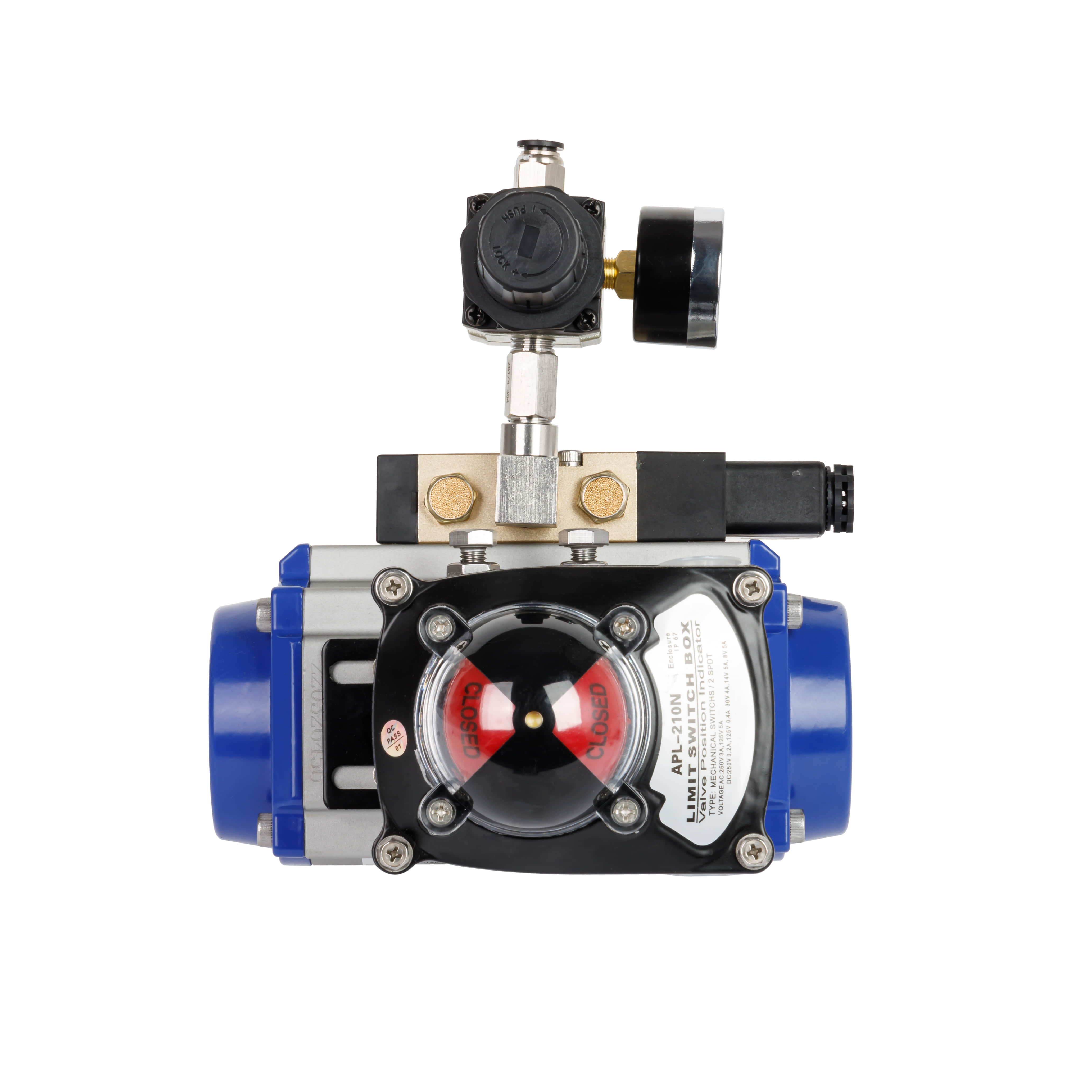
Pneumatic actuators are crucial components in various industrial systems, converting compressed air into mechanical motion. These devices play a pivotal role in automation, enabling precise control in a range of applications, from manufacturing to robotics.

At its core, a pneumatic actuator consists of a cylinder and a piston. When compressed air is introduced into the cylinder, it pushes the piston, creating linear or rotary motion. The simplicity of this design is one of its greatest advantages; pneumatic actuators are relatively easy to install, operate, and maintain. They are capable of producing significant force, making them ideal for moving heavy loads.

